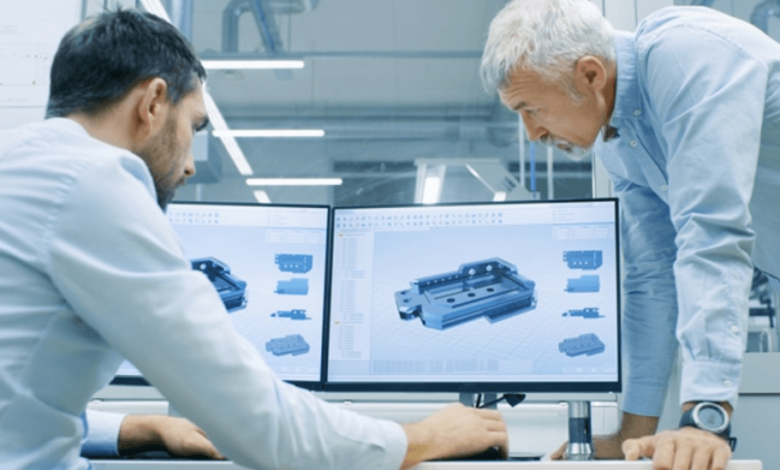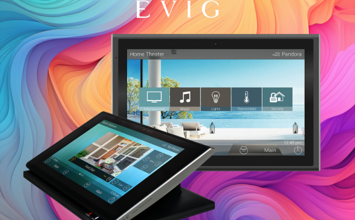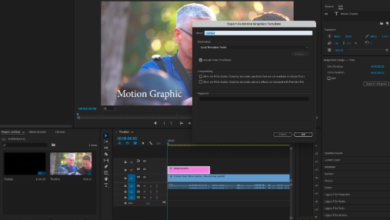Rapid Prototyping Factory: A New Era in Manufacturing

Introduction
The pace of technological development demands agility, speed, and adaptability. In the world of product design and development Rapid Prototyping Factoy serves as a powerhouse for innovation. By blending advanced manufacturing technologies with digital design tools, these specialized factories enable companies to transform concepts into functional models faster than ever before.
This article delves into how rapid prototyping factories operate, their impact on industries, key technologies used, and the critical advantages they offer to today’s fast-moving market.
What Is a Rapid Prototyping Factory?
A rapid prototyping factory is a specialized facility that focuses on producing physical prototypes from digital designs quickly and efficiently. These factories are equipped with an array of advanced machines, including 3D printers, CNC machines, vacuum casting systems, and more. They are staffed by skilled engineers, designers, and technicians who work together to deliver precise prototypes across industries.
Unlike traditional manufacturing, which relies on time-consuming mold making and setup, rapid prototyping factories can begin production almost immediately after receiving digital design files.
The Digital Workflow
Design Input
The process begins with the customer providing a 3D CAD model. This digital design acts as the blueprint for the prototype, outlining geometry, dimensions, and functional requirements.
File Optimization
Engineers at the factory inspect the file for manufacturability. They optimize it for the chosen production method, ensuring proper resolution, wall thickness, and support structures.
Machine Selection
The factory may utilize additive (e.g., 3D printing) or subtractive (e.g., CNC) processes.
Production
Machines are then programmed and operated to build the prototype. This phase can range from a few hours to a couple of days depending on complexity.
Quality Control
Finished prototypes undergo rigorous inspection to ensure dimensional accuracy, mechanical properties, and surface quality meet client expectations.
See also: 5 Reasons to Hire Biomedical Technicians
Technologies Inside a Rapid Prototyping Factory
3D Printing
Additive manufacturing is the cornerstone of rapid prototyping. FDM (Fused Deposition Modeling) – Suitable for quick and low-cost plastic parts.
- SLA (Stereolithography) – Offers high detail and smooth surface finishes.
- SLS (Selective Laser Sintering) – Used for strong and functional nylon components.
CNC Machining
Vacuum Casting
For short-run production or testing, silicone molds are created from master patterns. These molds are used to produce multiple replicas with properties similar to injection-molded parts.
Sheet Metal Fabrication
A rapid prototyping factory often includes a section dedicated to creating sheet metal prototypes for mechanical or structural components.
Laser Cutting and Engraving
For quick and accurate 2D profiles or decorative features, laser systems are employed for cutting plastics, woods, or metals.
Benefits of a Rapid Prototyping Factory
Lightning-Fast Turnaround
Factories dedicated solely to prototyping prioritize speed. Most projects are delivered within days, not weeks, allowing businesses to move quickly from design to testing.
In-House Expertise
Unlike outsourcing to multiple vendors, rapid prototyping factories have everything under one roof—designers, engineers, and manufacturing experts working in sync to streamline the process.
Use Cases Across Industries
Consumer Electronics
The ability to test usability and form factor early is crucial.
Automotive
Prototypes of car interiors, engine components, and safety systems are regularly produced to test ergonomics, functionality, and structural integrity.
Aerospace
From brackets to housings and aerodynamic parts, rapid prototyping in aerospace allows lightweight, complex geometries to be manufactured and tested for performance.
Medical Devices
Hospitals and biomedical firms use prototypes to evaluate surgical instruments, orthotics, and custom implants with real-world accuracy.
Robotics
Robotic startups rely on rapid prototyping factories to create mechanical assemblies, casings, and gear mechanisms for field testing.
The Role of Customization
Every customer has unique requirements. A rapid prototyping factory can easily tailor production to:
- Specific geometries
- Color and texture
- Functionality needs
- Regulatory compliance (e.g., biocompatibility for medical use)
Choosing the Right Factory
Selecting the right rapid prototyping factory can determine the success of a project. Key factors to consider include:
- Technological Range – Ensure they offer the processes your design needs.
- Material Library – The more diverse the options, the better.
From Prototype to Production
Many rapid prototyping factories now offer bridge production and small-batch manufacturing. Once a prototype is finalized, the same facility can move forward with low-volume runs before full-scale production begins. This continuity reduces delays and maintains design integrity.
Future of Rapid Prototyping Factories
The next generation of factories will be smart, connected, and AI-driven. Automation, robotics, and real-time analytics will dominate the factory floor. Features expected include:
- On-Demand Manufacturing Platforms – Instant online quoting and ordering.
- Smart Material Handling – Automated storage and recycling systems.
- AI Design Validation – Predicting and correcting design issues automatically.
- Remote Collaboration – Teams from different continents working seamlessly through cloud-based tools.
As sustainability becomes a greater concern, these factories are also adopting greener practices, such as biodegradable materials, solar-powered facilities, and closed-loop systems.
Conclusion
It offers an efficient, flexible, and cost-effective way for companies to bring ideas to life. With constant advancements in digital manufacturing, these factories are not just service providers—they are strategic partners in innovation.
Whether you’re an entrepreneur with a concept or a corporation launching the next big thing, a rapid prototyping factory can accelerate your journey from idea to impact. In the fast-paced world of product development, speed and precision are non-negotiable—and these factories deliver both, right on time.





